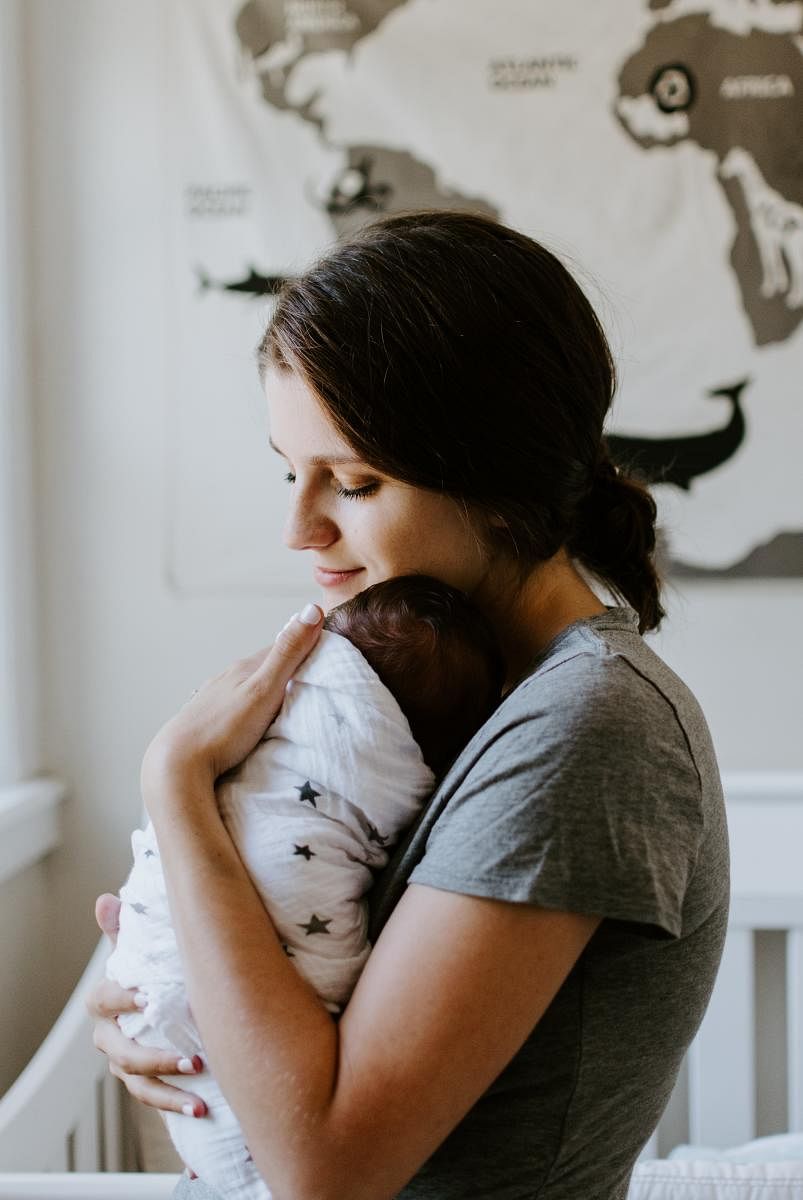
Do you know what is to be done in the first hour when the baby is born? Did you know that for the first few days after your baby’s birth, your body will produce colostrum, a nutrient-rich milk that is very healthy for your baby? What happens during the first 60 minutes of a baby’s life can maximise that bonding experience between mother and child. In other words, this golden hour of breastfeeding is the first hour after giving birth to the baby and the time spent between the mother and baby for breastfeeding. This magical hour is meant for continuous, uninterrupted, skin-to-skin contact between the mother and her newborn baby ultimately culminating in the first breastfeeding. Maternal infant bonding is a vital process that begins in early infancy and continues over the next few years. The bonding process has tremendous implications for both mother and child and is affected by many factors. This World Breastfeeding Week, observed from Aug 1-Aug 7, let’s run through the benefits of practising the golden hour of breastfeeding.
Helps to keep the baby warm.
Promotes delayed cord clamping.
Protects against effects of separation.
Helps to boost immunity.
Helps to deliver the placenta.
Extensive research in recent years has shown compelling advantages of breastfeeding which include nutritional, immunological, developmental, psychological, social, economic and environmental benefits. Breast milk contains all the nutrients an infant needs in the first six months of life. Breastfeeding protects against diarrhoea and common childhood illnesses such as pneumonia, and may also have long-term health benefits, such as reducing the risk of obesity in childhood and adolescence. According to the World Health Organisation, early and uninterrupted skin-to-skin contact between mothers and infants should be facilitated and encouraged as soon as possible after birth.
All mothers should be supported to initiate breastfeeding as soon as possible after birth, within the first hour after delivery. There are nine innate and instinctive stages displayed by the baby in the first hour:
Stage 1: The Birth Cry: This distinctive cry occurs immediately after birth as the baby’s lungs expand.
Stage 2: Relaxation: During the relaxation stage, the newborn exhibits no mouth movements and the hands are relaxed. This stage usually begins when the birth cry has stopped.
Stage 3: Awakening: During this stage, the newborn exhibits small thrusts of movement in the head and shoulders. This stage usually begins about 3 minutes after birth. The newborn in the awakening stage may exhibit head movements, open his eyes, show some mouth activity and might move his shoulders.
Stage 4: Activity: During this stage, the newborn begins to make increased mouthing and sucking movements as the rooting reflex becomes more obvious. This stage usually begins about 8 minutes after birth.
Stage 5: Rest: At any point, the baby may rest. The baby may have periods of resting between periods of activity throughout the first hour or so after birth.
Stage 6: Crawling: The baby approaches the breast during this stage.
Stage 7: Familiarisation: During this stage, the newborn becomes acquainted with the mother by licking the nipple and touching and massaging her breast. This stage usually begins around 45 minutes after birth and could last for 20 minutes or more.
Stage 8: Suckling: During this stage, the newborn takes the nipple, self-attaches and suckles. This early experience of learning to breastfeed usually begins about an hour after birth. If the mother has had analgesia/anaesthesia during labour, it may take more time.
Stage 9: Sleep: The final stage is sleep. The baby and sometimes the mother fall into a restful sleep. Babies usually fall asleep about 1½ to 2 hours after birth.
Slow & steady
How can I shed my postpartum weight or when can I start exercising are some FAQs from young mothers. Exercise, along with a balanced diet, which is an essential part of a healthy lifestyle, is the best way to approach shedding post-partum weight. Common issues faced by post-natal moms are back pain, bulging stomach, postural changes, weight gain etc. If you’re just starting an exercise programme, be sure to start slow. If the delivery was not complicated and the new mom was exercising till the end of her pregnancy, then soon after delivery the mother can begin light exercises as well as stretches. Basic core exercises within the first three days post-birth like isometric abdominals, pelvic floor exercises, gradual back exercises along with breathing exercises, and ankle movements that ease swollen feet and aid circulation can be tried.
(The author is a lactation consultant.)